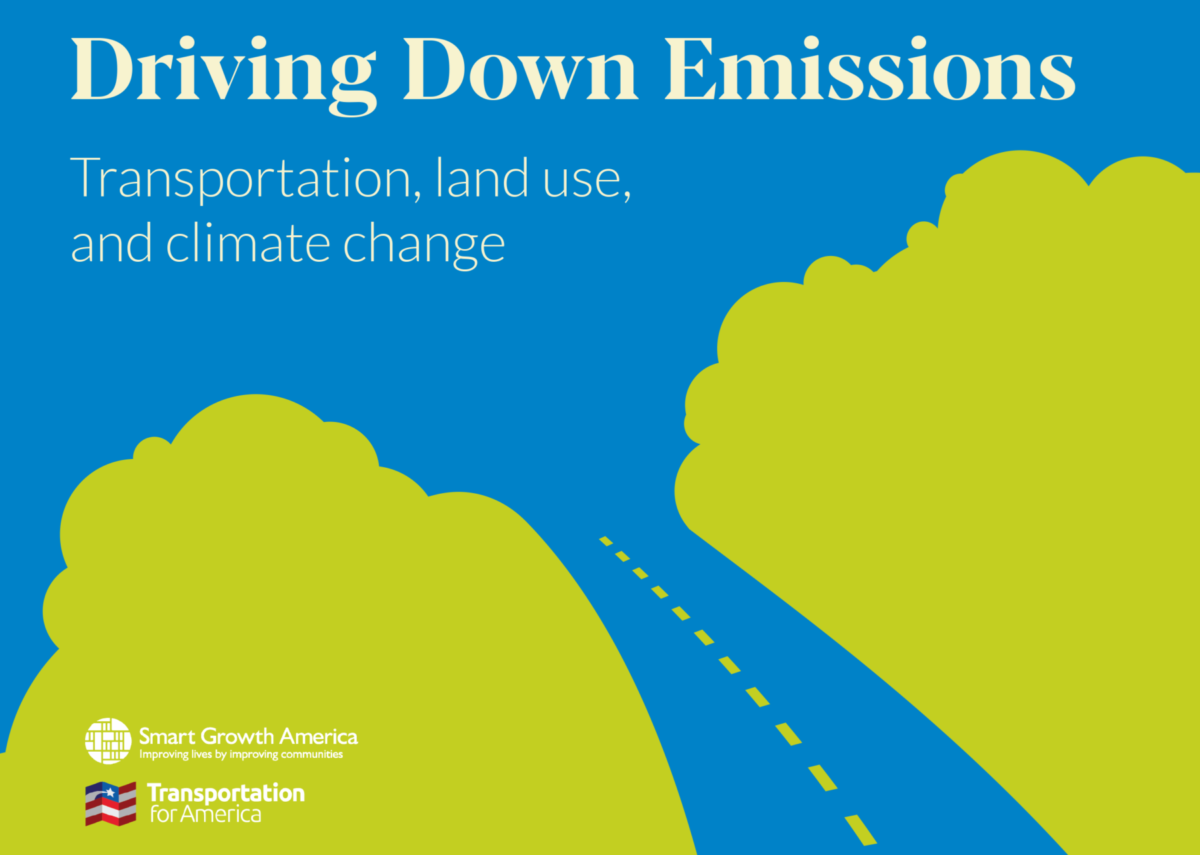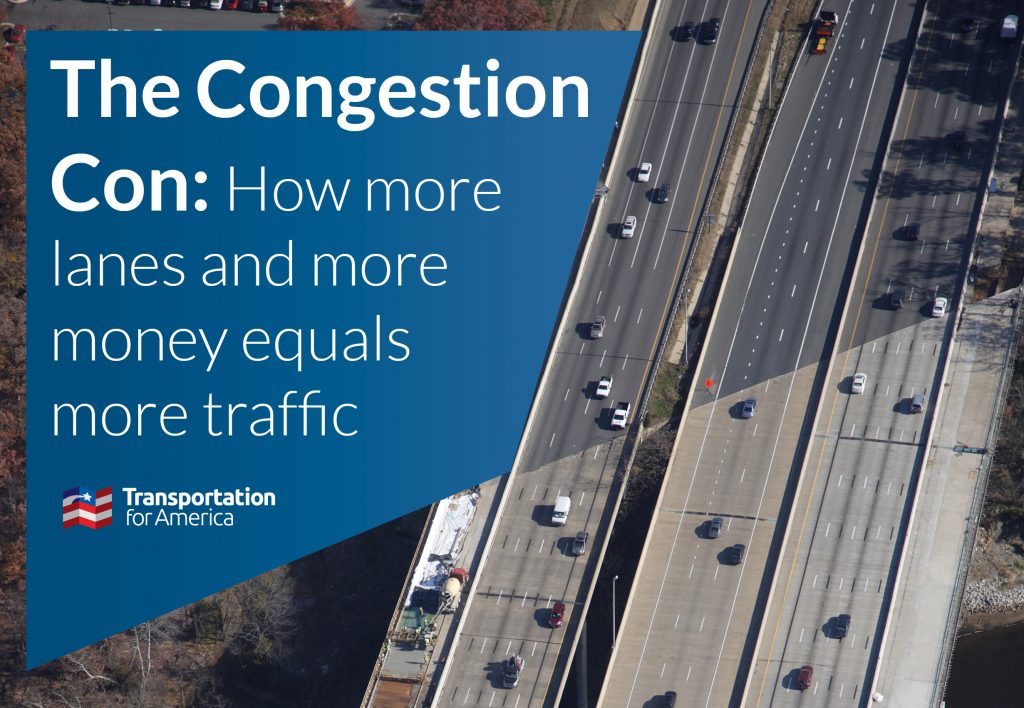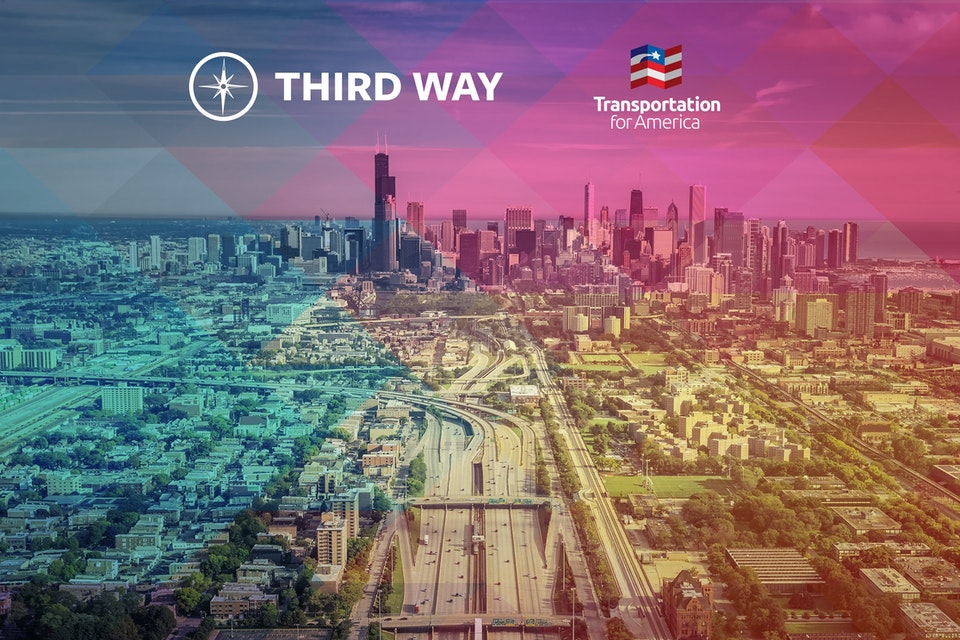Posts Tagged "usdot"
Webinar: Executive orders and reauthorization—Navigating the future of federal transportation funding
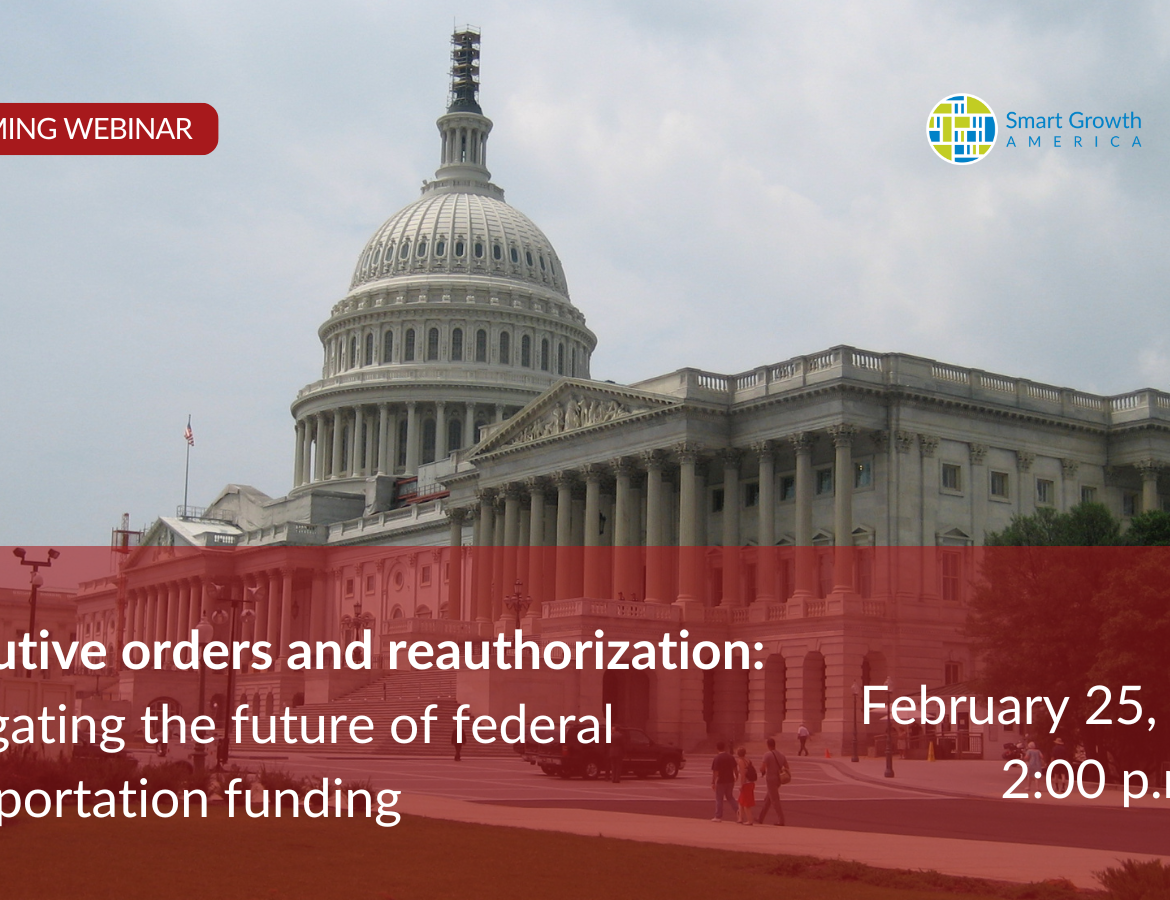
Join us for a webinar on Tuesday, February 25th at 2 p.m. ET to discuss the state of transportation funding, including recent executive orders and the upcoming surface transportation reauthorization. Register to join us! Federal transportation funding is at a crossroads, with executive orders and USDOT directives reshaping priorities and halting projects, not to mention […]
Unflooding the zone: What do the Trump administration’s latest actions signal for transportation?
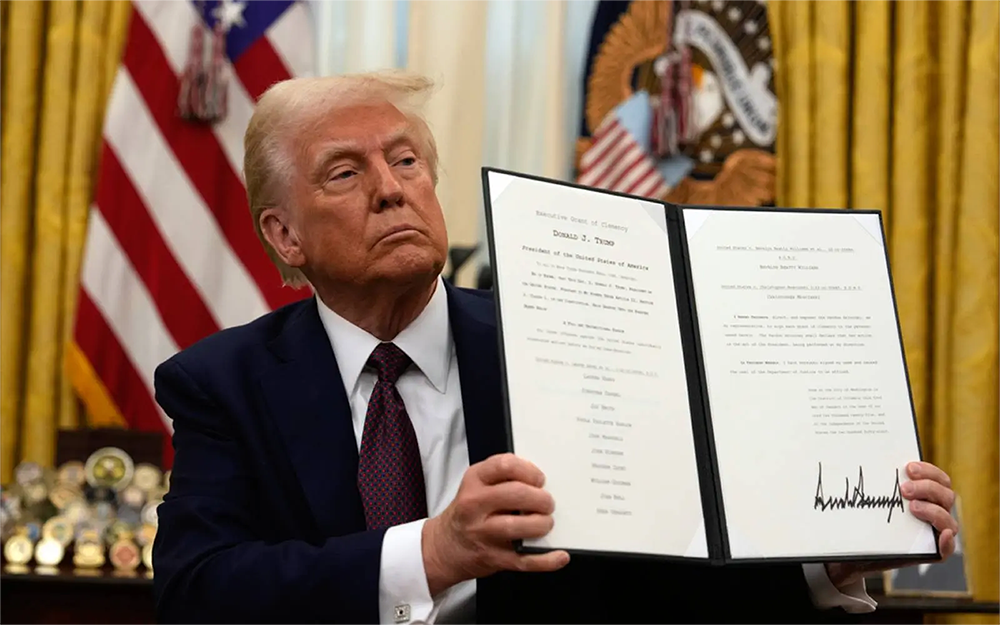
Federal funding recipients across the country are dealing with uncertainty, delays, and outright cuts to obligated funding. Our updated analysis of disbursements at risk finds that over $20 billion for projects currently underway across the country might be eliminated, according to new memos introduced by Secretary Duffy’s DOT. But don’t feel overwhelmed. We’ve got the […]
Steven G. Bradbury, transit and Vision Zero opponent, named Deputy DOT Secretary nominee
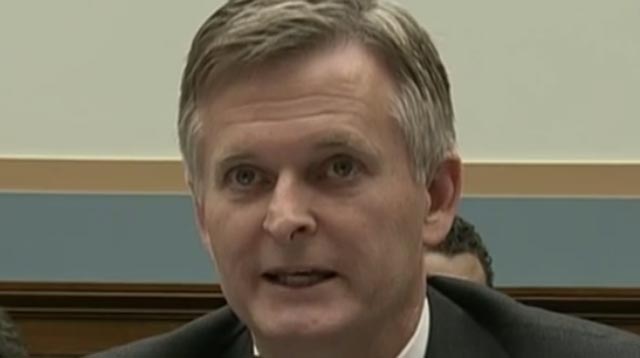
Though transportation has often bridged party divides, just two weeks into President Trump’s second term there are numerous signs that this trend may shift. As General Counsel for USDOT during Trump’s first term and a current Distinguished Fellow at the Heritage Foundation, Steven Bradbury has made clear his dislike of public transportation, clean energy reform, […]
Three opportunities to work with incoming USDOT Secretary Duffy
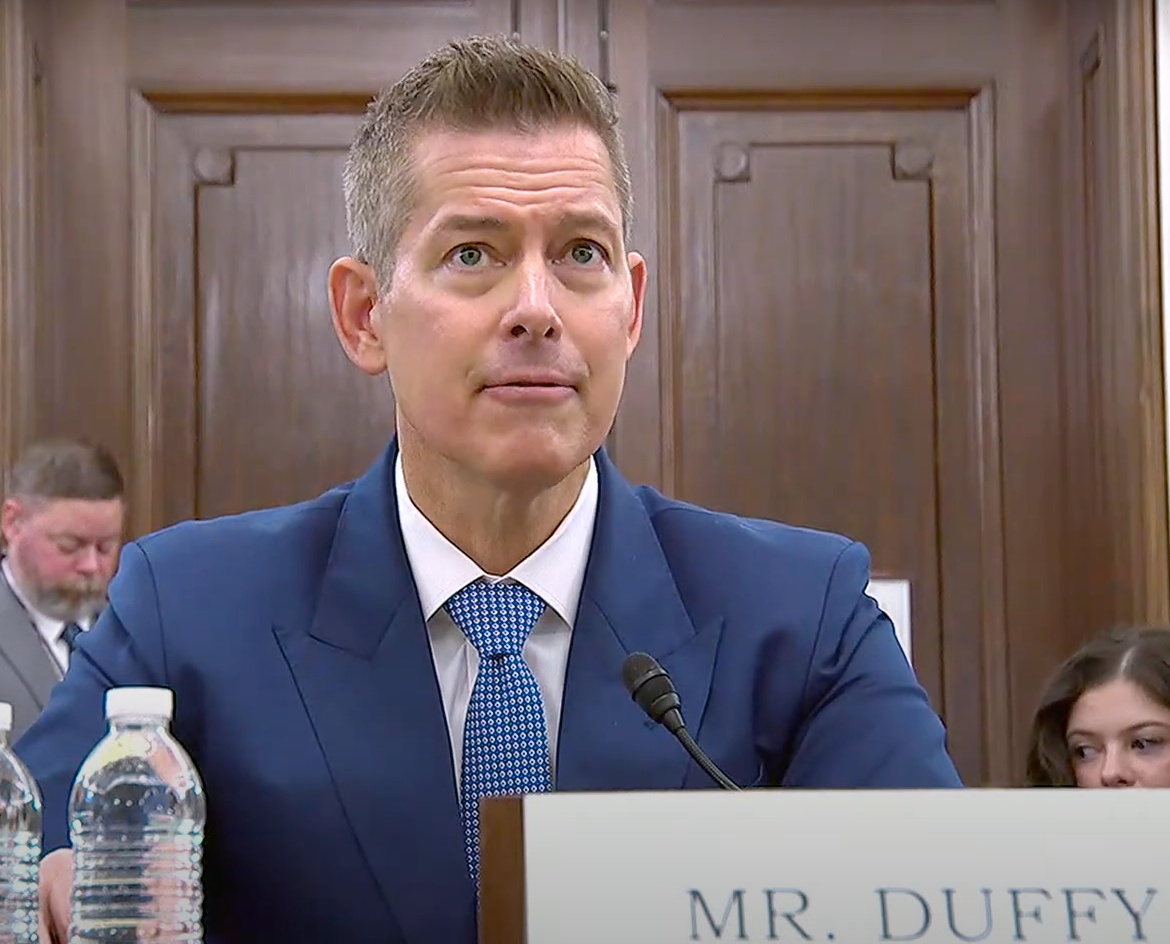
Last Wednesday (Jan. 15), former Congressman Sean Duffy faced questions from the Senate Commerce Committee, tasked to vet the next Transportation Secretary. Here are three things T4America gleaned from the hearing as opportunities for working with Secretary-designate Duffy. While it’s difficult with almost any eventual USDOT Secretary to try and anticipate precisely how they’ll choose […]
Five for ’25: What to expect on transportation in the new year
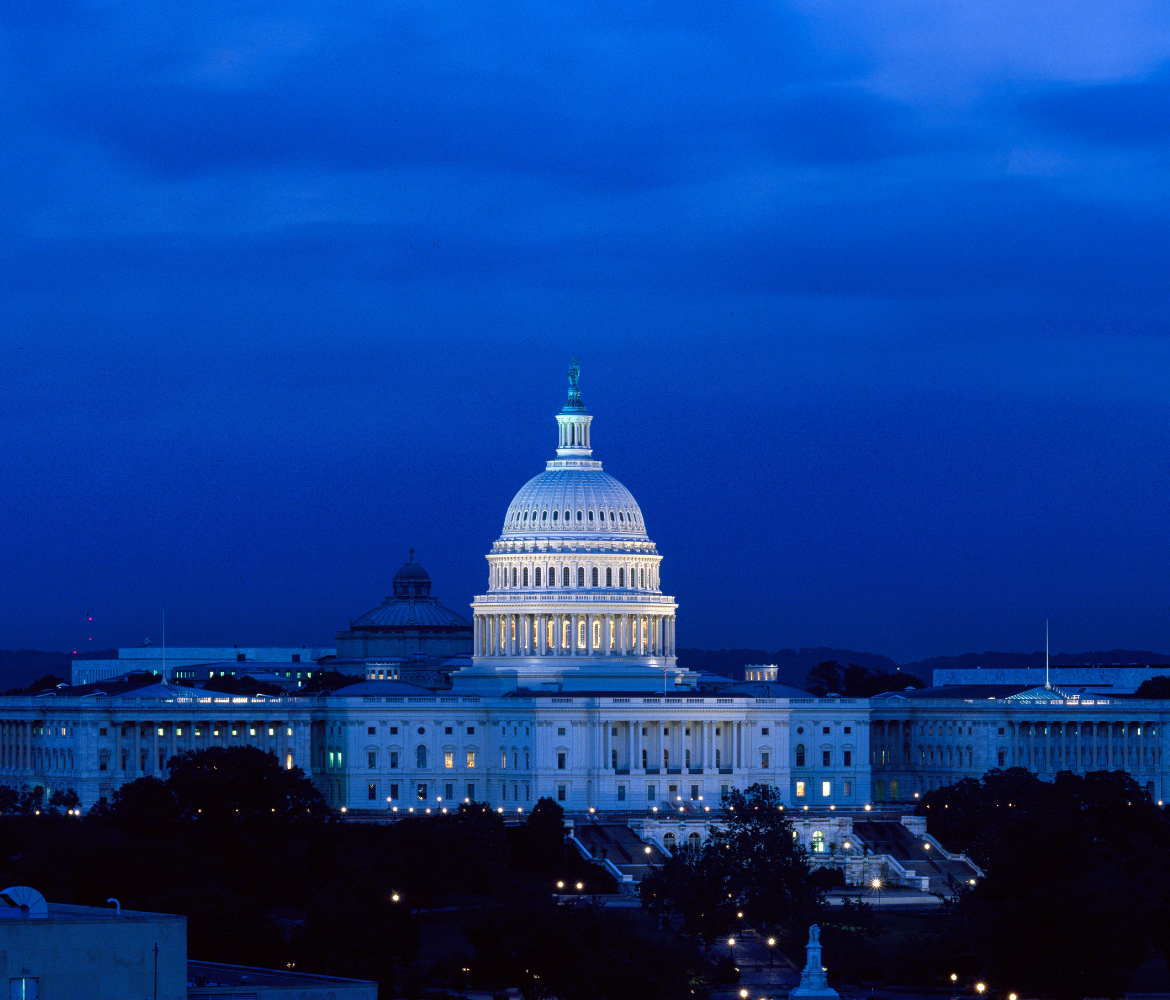
January will bring in a new presidential administration and a new Congress for the run-up to the reauthorization of the country’s transportation law in 2026. Though uncertainty prevails as power and leadership shifts in Washington, there are a few things we’re expecting to see in 2025. Here are five.
States say they put safety first. Why do people keep dying on state-owned roads?
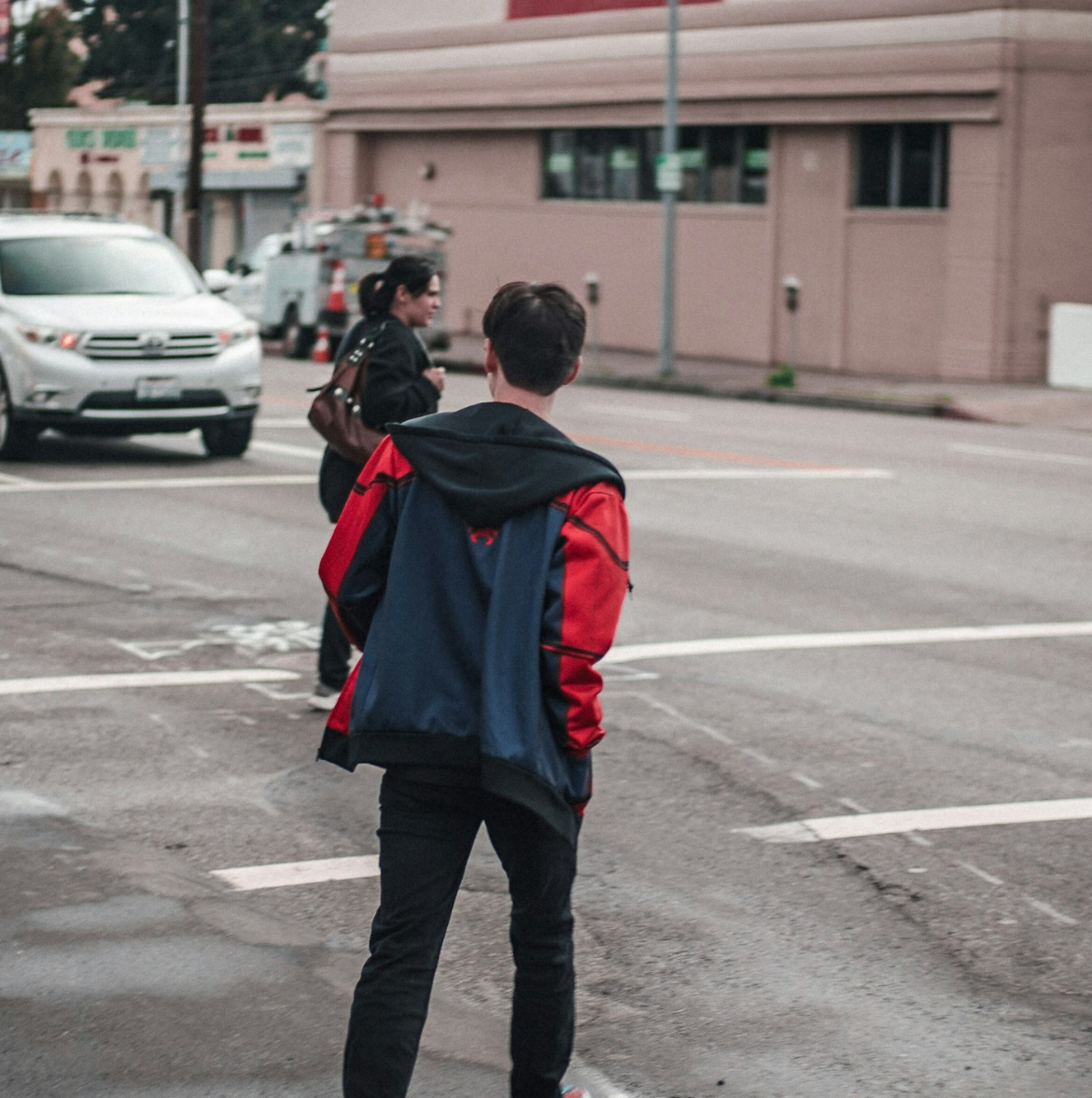
Ask anyone at a state DOT, and they’ll tell you that safety is their top priority. Despite these good intentions, our streets keep getting more deadly. To reverse a decades-long trend of steadily increasing pedestrian deaths, state DOTs and federal leaders will need to fundamentally shift their approach away from speed.
Four ways our federal leaders can invest in the rest
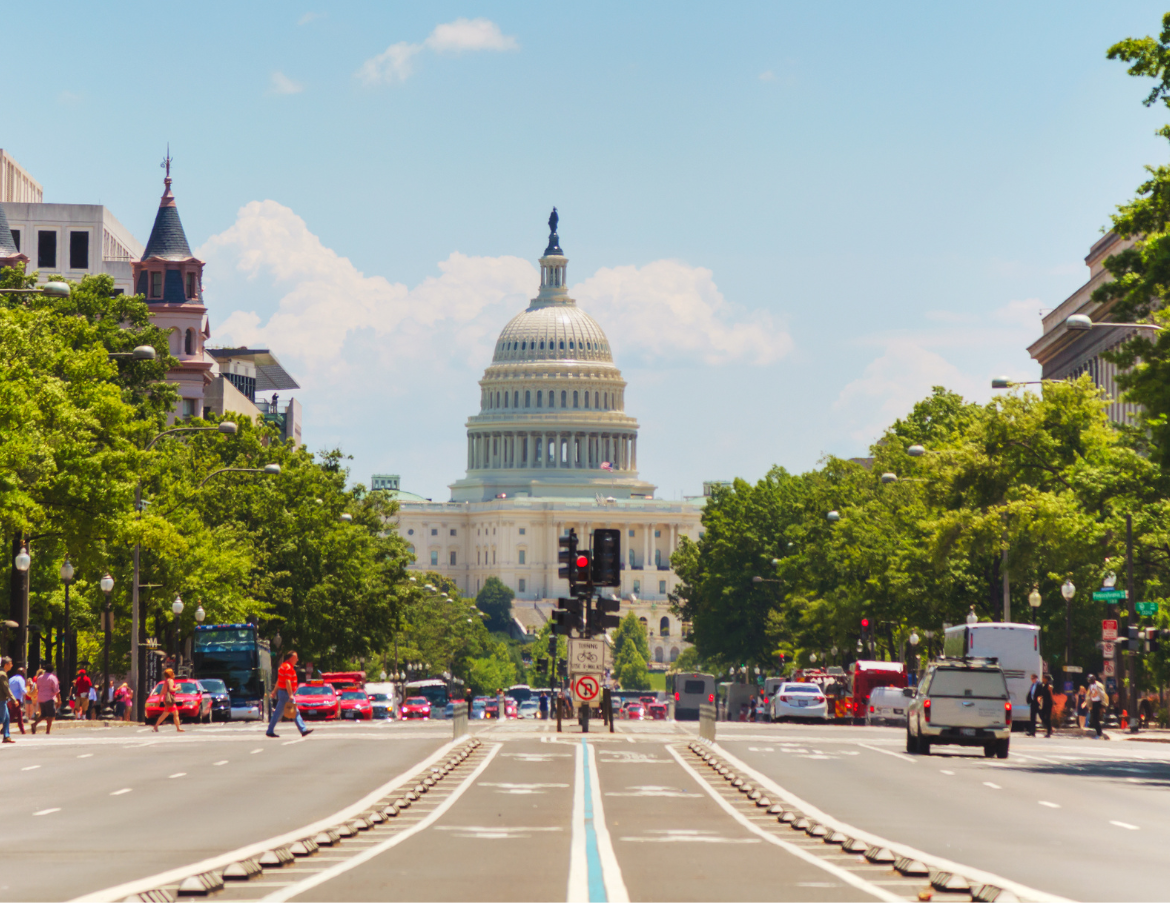
While we might have the most extensive highway infrastructure in the world, our system is delivering pitifully poor results compared to our peers when it comes to cost, efficiency, emissions, and safety. What can Congress and USDOT do to invest in the rest?
T4A Director Beth Osborne sets the record straight on federal regulation & oversight
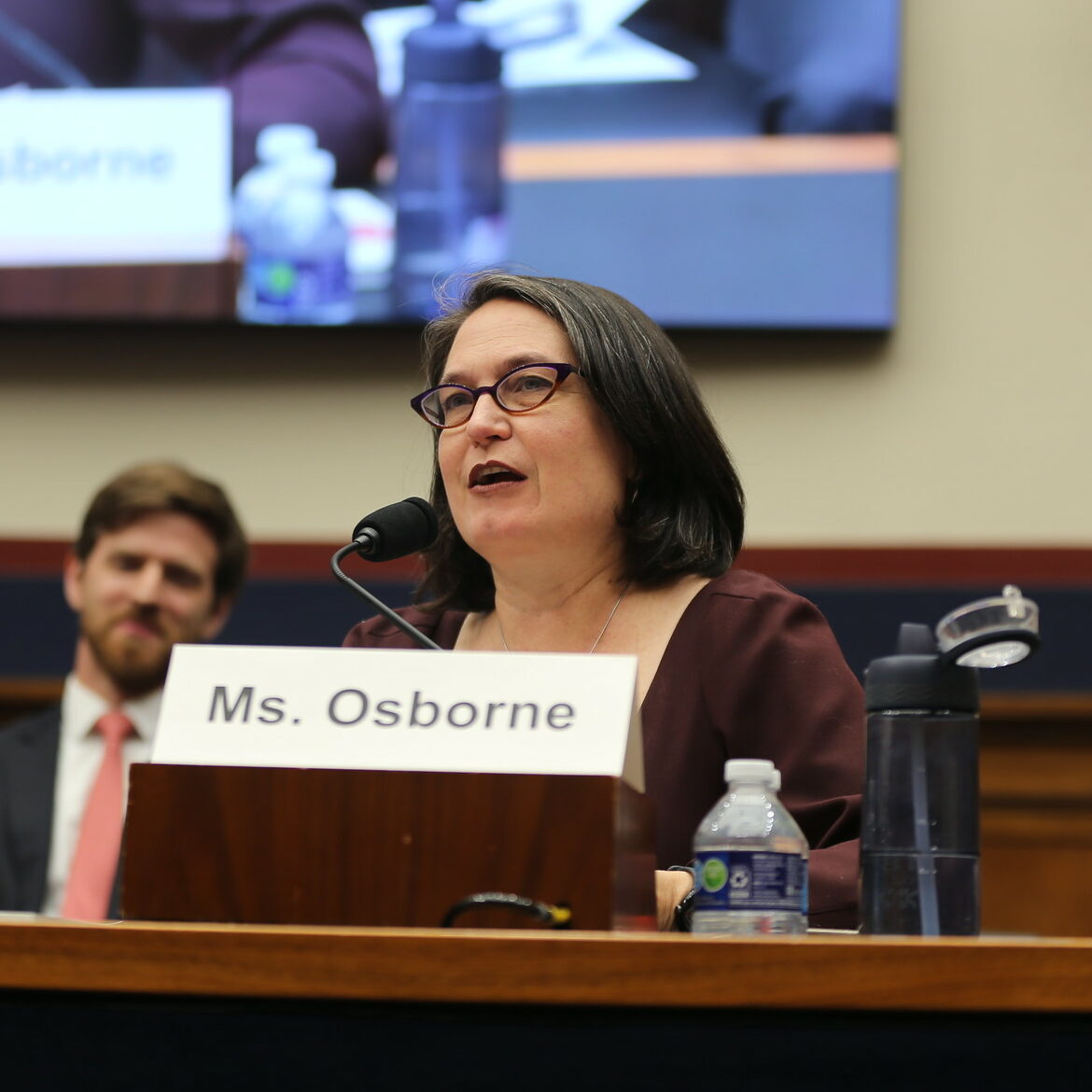
In testimony to the House Transportation & Infrastructure Committee, Beth Osborne explained how our current approach to transportation is failing average Americans and what steps need to be taken to build a system that responds to taxpayer needs.
Green Light for Climate Action: Unveiling the impact of the GHG Emissions Measure rule
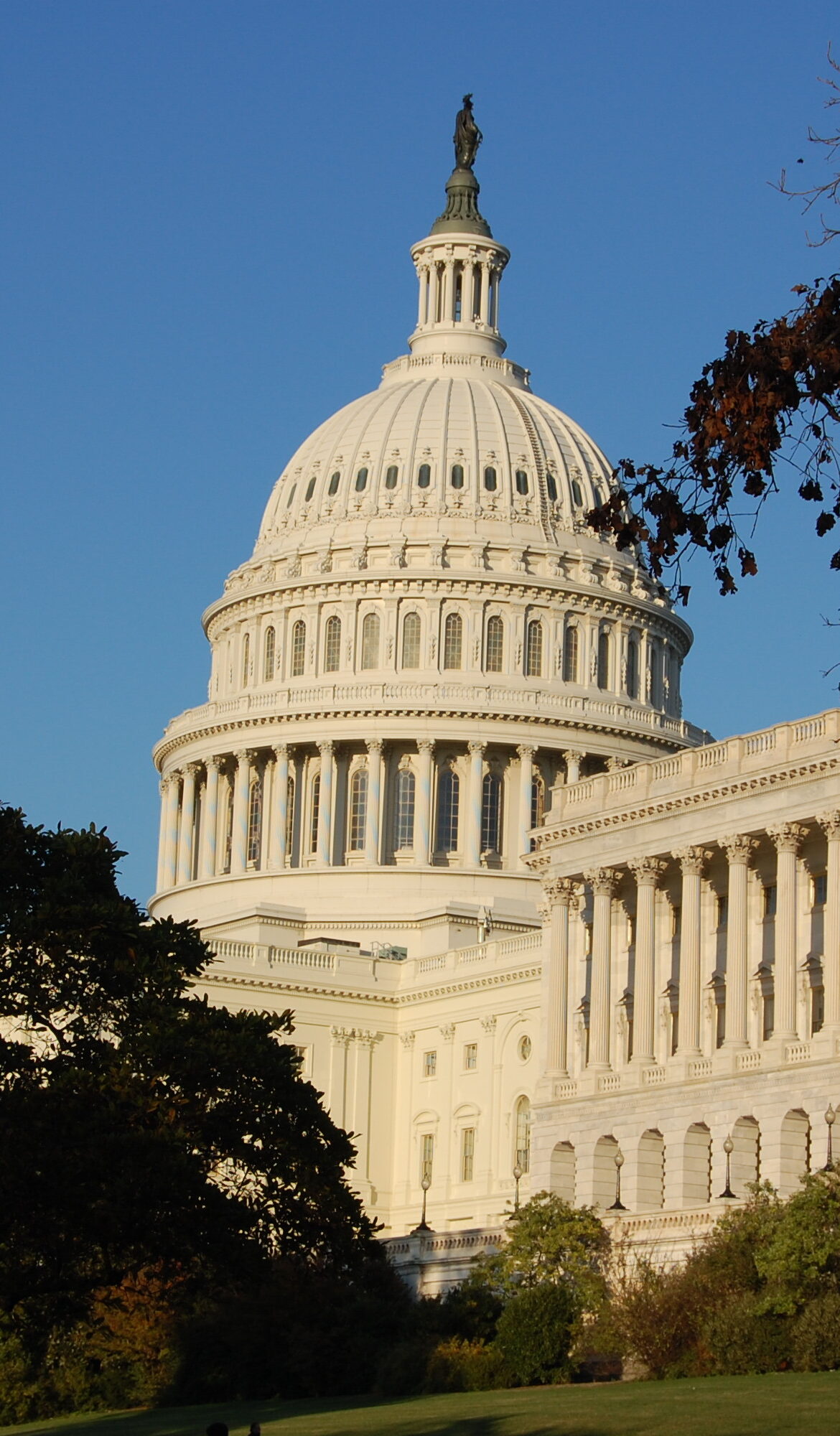
By mandating emissions tracking and target setting, the GHG Emissions Measure addresses an urgent need for climate action. And while this popular rule is an important first step, its success hinges on immediate and effective action at the state and local levels, which would signify a shift towards a cleaner, and greener, transportation landscape. On […]
Transportation for America Applauds Long-awaited USDOT GHG Rule

The GHG emissions measure will require U.S. states and territories to measure and report transportation-related emissions on federal roadways. WASHINGTON, D.C. (Nov. 27) — Last Wednesday (11/22), the Biden Administration released the U.S. Department of Transportation’s greenhouse gas (GHG) rule. The rule requires all 50 states, as well as the District of Columbia and Puerto […]
The traffic forecast used to justify your road widening is bogus
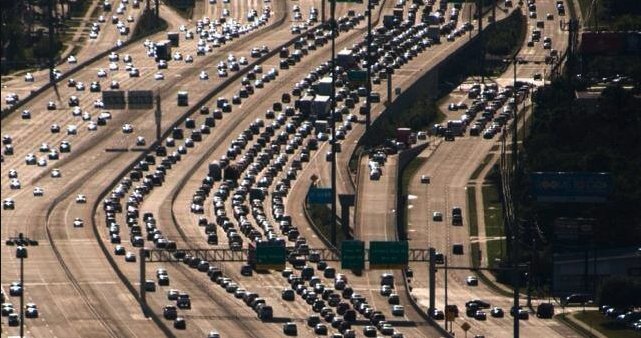
The predicted traffic levels on which transportation planners base their decisions are erroneous and rooted in obsolete methods. Here’s how transportation models fail to accurately predict future traffic, and how you can call out their misuse.
Mind the gap: USDOT’s first take on reconnecting communities
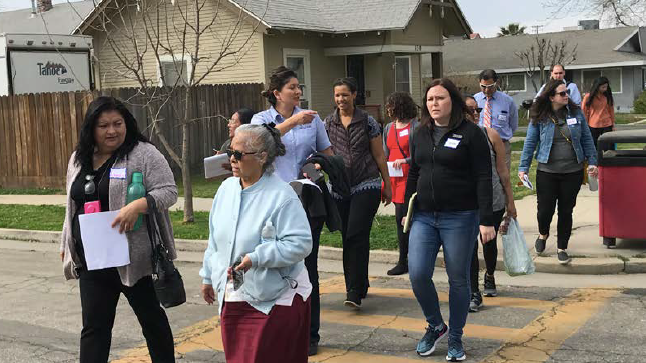
In March 2023, USDOT announced the initial 45 awardees for the opening round of the Reconnecting Communities Pilot Program. This first-of-its-kind program represents the start of a new series of initiatives that confronts the legacy of inequitable infrastructure projects in the US and will (un)pave the way for the Neighborhood Access and Equity Grant program created in the Inflation Reduction Act. But to meet the needs of communities, the USDOT needs to expand its vision and scope of funds available.
Reconnecting Communities awards advance needed change

This morning, the Biden administration announced the first awards for the Reconnecting Communities Program. $185 million will fund 45 projects designed to address harms caused by divisive infrastructure. In response, T4A director Beth Osborne released the following statement.
Doing justice to Justice40
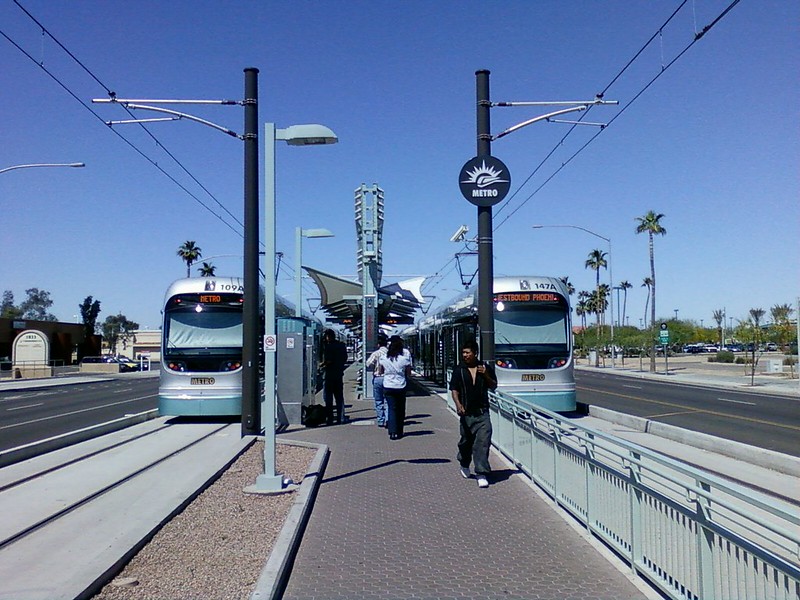
USDOT has finally added more substance to their plan to implement the Biden administration’s Justice40 Initiative. Despite some questions about how many programs can meet Biden’s goal of spending 40 percent on disadvantaged communities, the projects and programs they’ve moved toward Justice40 suggest a real effort to improve equity.
Assessing safety for the most vulnerable road users
Beginning in November of 2023, Vulnerable Road User (VRU) safety assessments will be required as appendices or addendum to Strategic Highway Safety Plan (SHSPs). While the goal of these assessments is to strengthen the Highway Safety Improvement Program (HSIP), recent federal guidance falls short on addressing dangerous road design.
No time to lose: Federal rule ready to boost awareness of transportation emissions
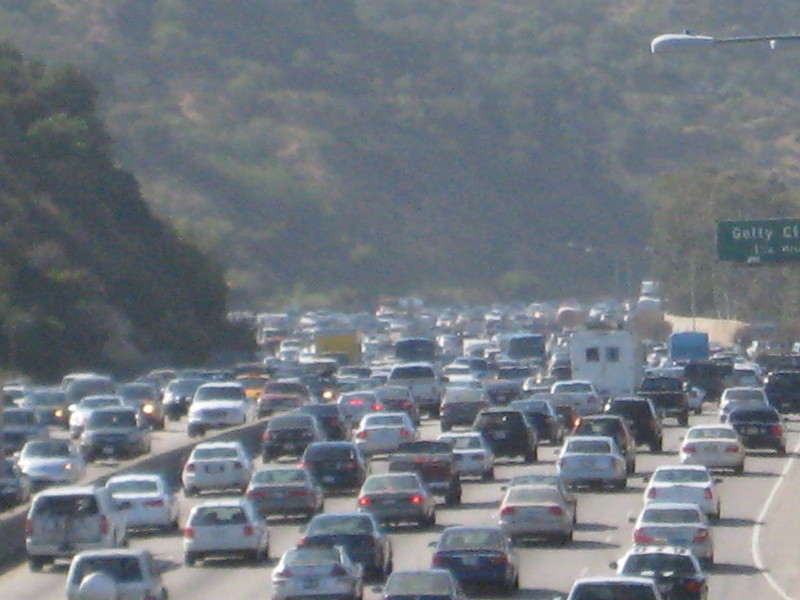
Comments close tomorrow 10/13 on a greenhouse gas emissions rule that could reestablish sunlight and accountability for transportation’s impact on climate change. Here’s what’s next for the proposed measure.
Four ways states and the Biden administration can curb transportation pollution
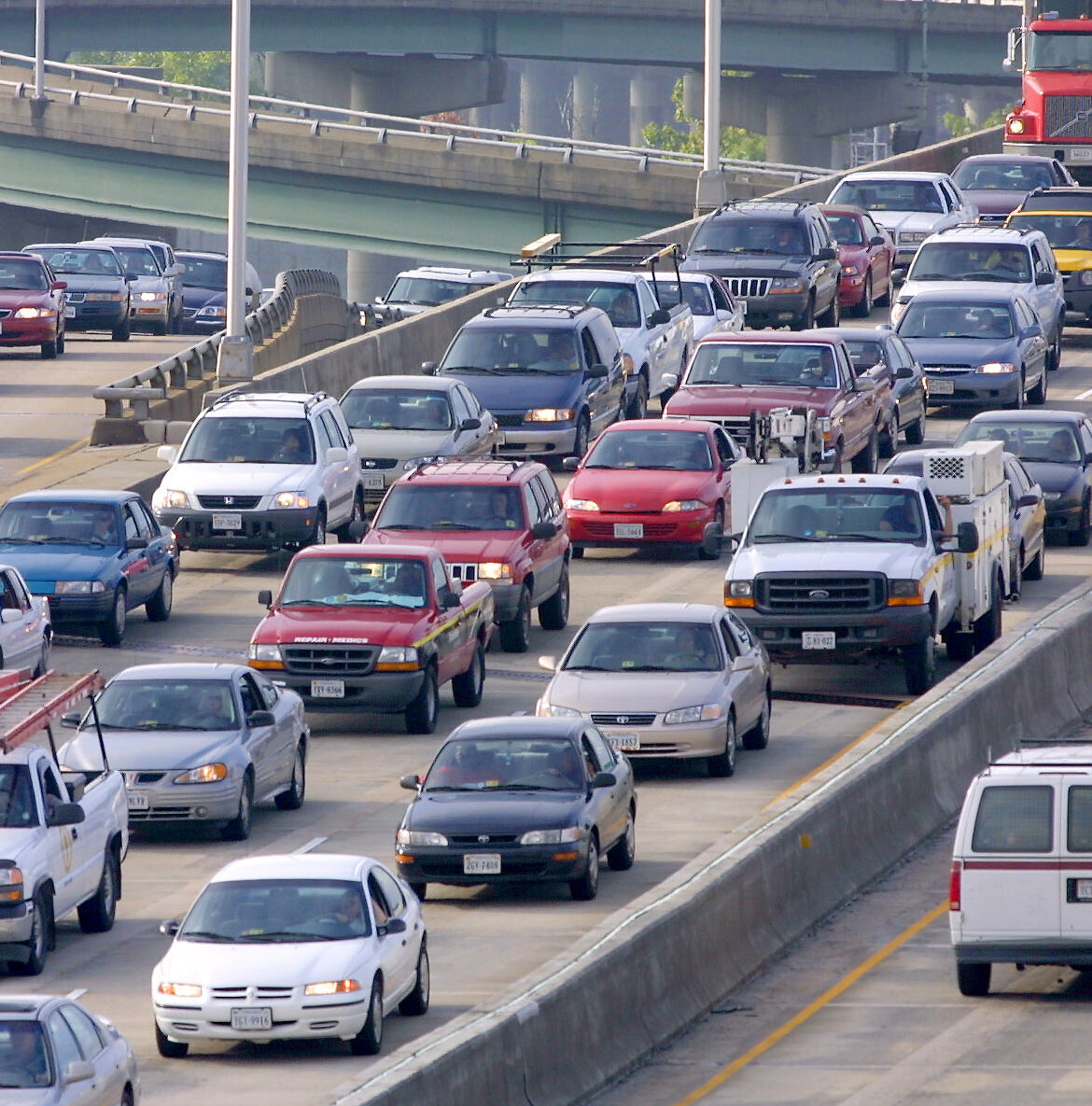
Last month, the US Department of Transportation (USDOT) proposed a new rule that will require states to measure and set goals for reducing greenhouse gas emissions associated with highways. Here are four ways the administration and the states can lead the way in realizing its full potential.
The infrastructure law wasn’t perfect, but now it’s reality
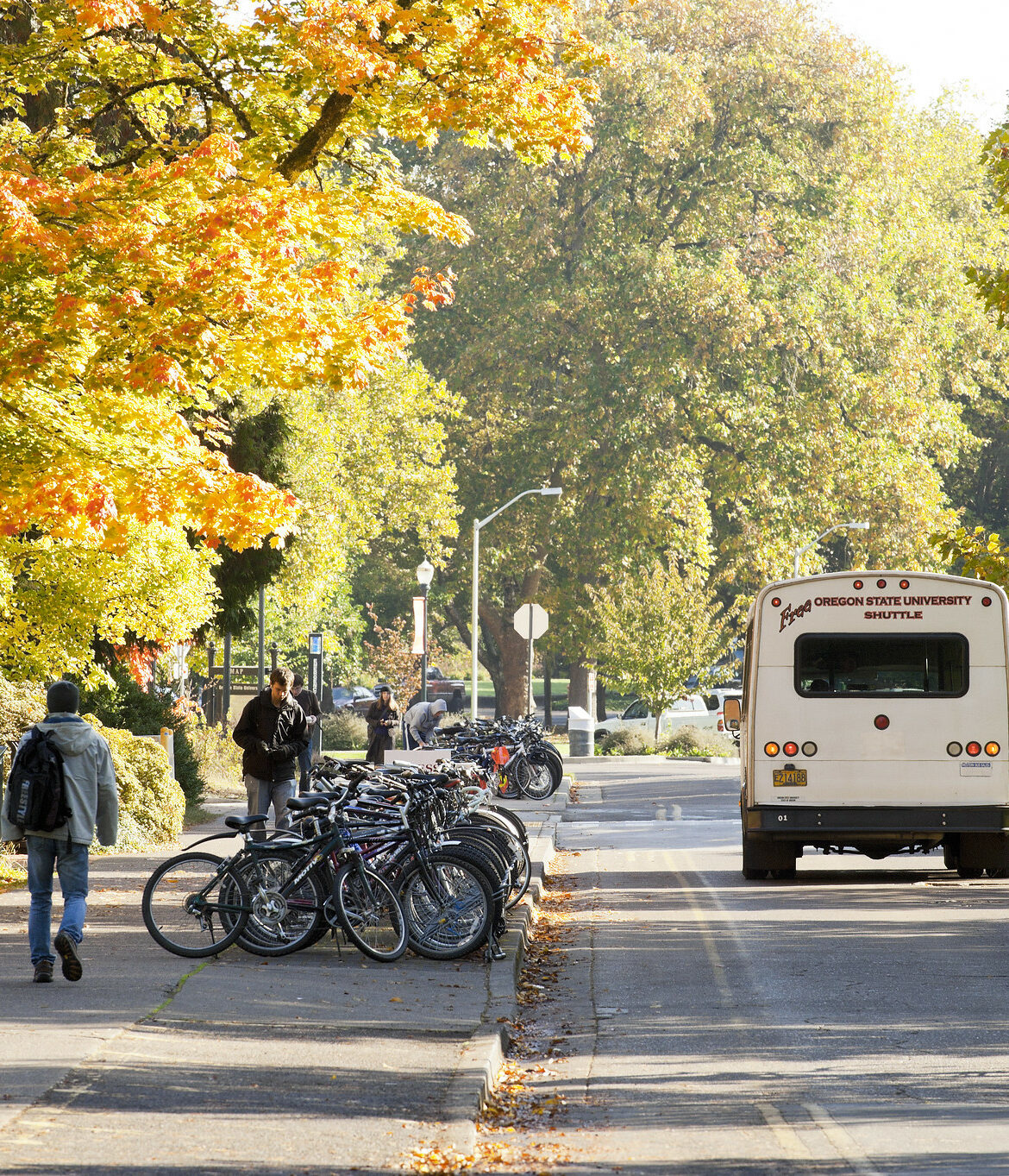
Focusing on whether the infrastructure law was “good” or “bad” will fail to shape how its historic cash is spent over the next five years. That’s precisely why T4America is pressing on to enable USDOT, states, metro areas, and local communities to maximize the potential of this flawed legislation.
To deliver on Equity Action Plan, USDOT, states, and local decision makers must take real action
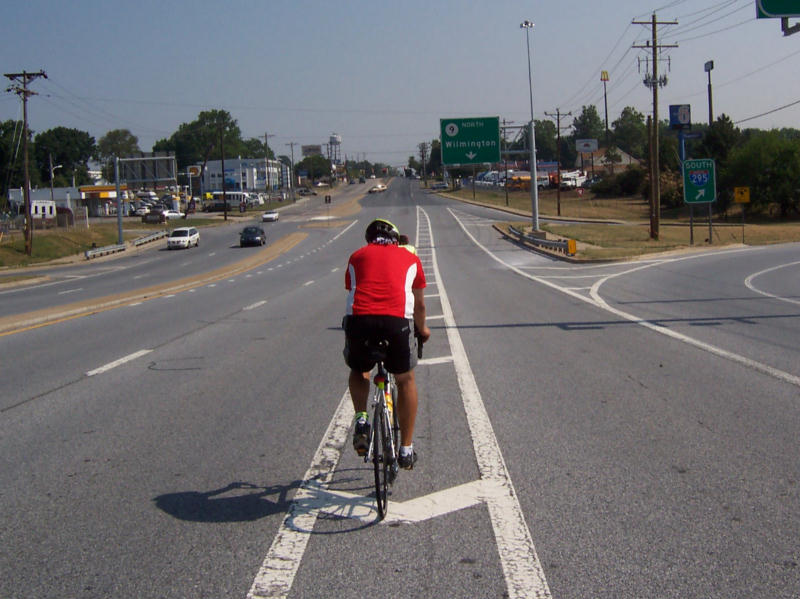
Though the USDOT’s Equity Action Plan (EAP) describes the new infrastructure law as “a historic investment in transportation equity,” the final verdict will depend on the administration’s next steps, how they distribute competitive grants, and other choices far outside of their control, such as how states and metro areas invest federal funds.
FHWA Complete Streets report lays out an actionable path for transforming street design to prevent unnecessary deaths and injuries

After the Federal Highway Administration (FHWA) and USDOT issued a report to Congress this week about Complete Streets, Beth Osborne, Vice President of Transportation at Smart Growth America—the home of the National Complete Streets Coalition—issued this statement.














